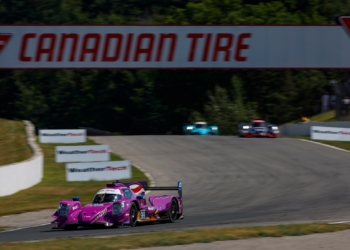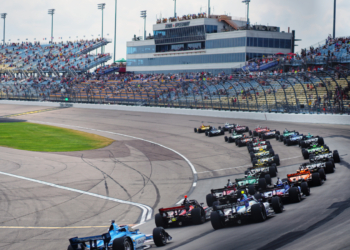As the Verizon IndyCar Series reaches towards the heights of American open wheel racing’s peak, they are to begin implementing a driver licensing system not unlike the supelicense system seen in Formula 1.
The move is being made to ensure the proper handling of new teams and entries to the series – as the growth of IndyCar has lead to several additions and more in future – and to streamline the means by which development drivers graduate from the Road to Indy upwards, as reported by Autosport.
For drivers outside of IndyCar sanctioned feeder series, qualification is based on equal or relevant experience. Entries in Formula 1 and the Monster Energy NASCAR Cup Series qualify for a guaranteed license, while the DTM experience of Robert Wickens would have required an exception be made based on performance.
The same goes for drivers who are in development series for Formula 1, such as Formula 2, but did not compete in F1.
Within IndyCar’s own development series, the method is broken down to testing and driving licenses. For the top development series, Indy Lights, eligibility is based on completing one full season and finishing within the top three in the points championship. If these requirements are not met, the driver may still be eligible based on their performance in international competition.
While the Indy Lights system is geared towards regular seats in the Verizon IndyCar Series, lower tiers are eligible for testing licenses. Indy Lights drivers will also have this option, requiring they run in eight series races. For Pro Mazda, three victories warrant acceptance for a testing license.
The move ensures proper control over the growth of the series, both by the addition of new teams and drivers. As some drivers make the jump over from Formula 2 into the Verizon IndyCar Series, the onus is now on them to develop within IndyCar’s system rather than leapfrogging developing drivers and teams.






